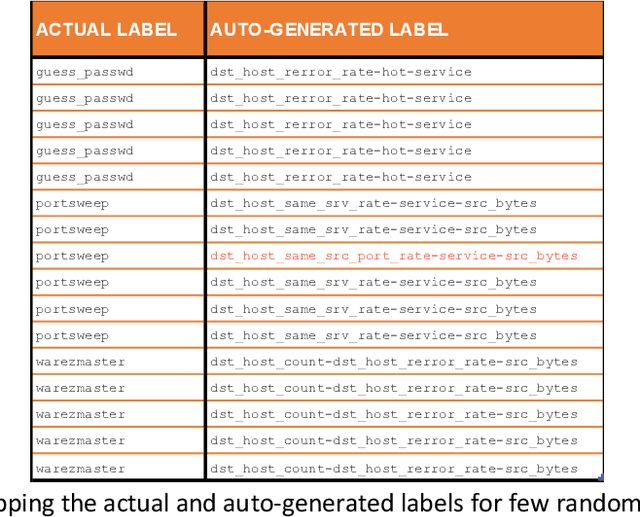Zero-shot learning approach to adaptive Cybersecurity using Explainable AI
Paper and Code
Jun 21, 2021



Cybersecurity is a domain where there is constant change in patterns of attack, and we need ways to make our Cybersecurity systems more adaptive to handle new attacks and categorize for appropriate action. We present a novel approach to handle the alarm flooding problem faced by Cybersecurity systems like security information and event management (SIEM) and intrusion detection (IDS). We apply a zero-shot learning method to machine learning (ML) by leveraging explanations for predictions of anomalies generated by a ML model. This approach has huge potential to auto detect alarm labels generated in SIEM and associate them with specific attack types. In this approach, without any prior knowledge of attack, we try to identify it, decipher the features that contribute to classification and try to bucketize the attack in a specific category - using explainable AI. Explanations give us measurable factors as to what features influence the prediction of a cyber-attack and to what degree. These explanations generated based on game-theory are used to allocate credit to specific features based on their influence on a specific prediction. Using this allocation of credit, we propose a novel zero-shot approach to categorize novel attacks into specific new classes based on feature influence. The resulting system demonstrated will get good at separating attack traffic from normal flow and auto-generate a label for attacks based on features that contribute to the attack. These auto-generated labels can be presented to SIEM analyst and are intuitive enough to figure out the nature of attack. We apply this approach to a network flow dataset and demonstrate results for specific attack types like ip sweep, denial of service, remote to local, etc. Paper was presented at the first Conference on Deployable AI at IIT-Madras in June 2021.
 Add to Chrome
Add to Chrome Add to Firefox
Add to Firefox Add to Edge
Add to Edge